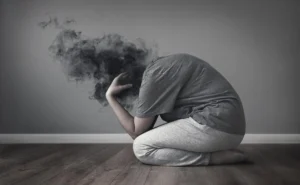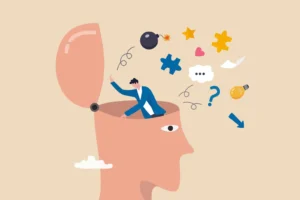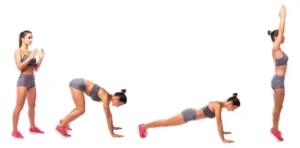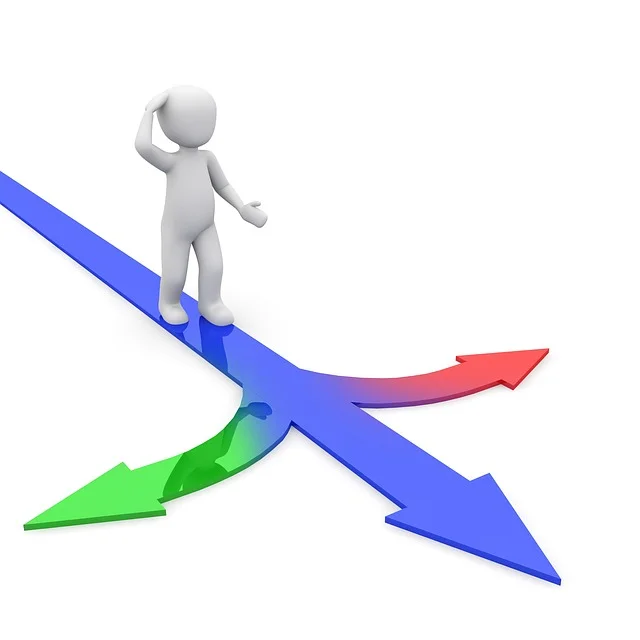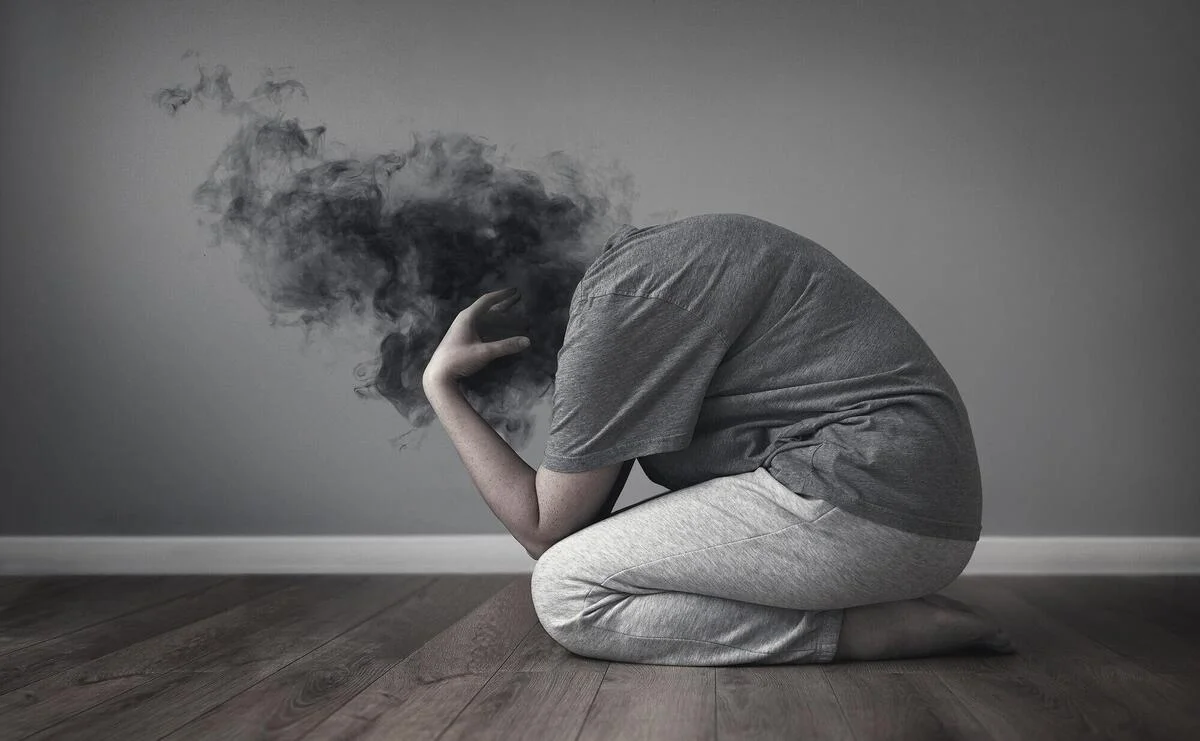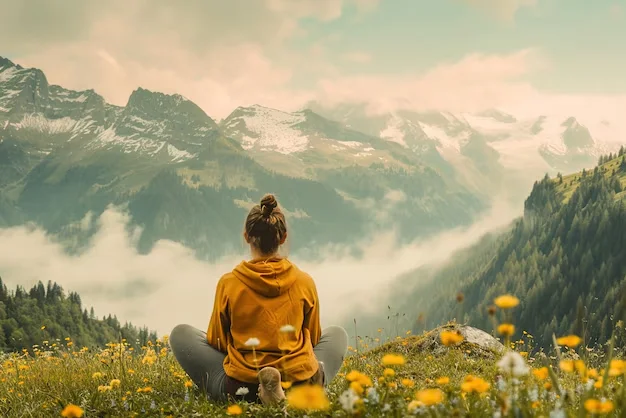
In today’s fast-paced environment, stress can quickly build up, impacting both physical and mental health. Maintaining a healthy lifestyle relies on finding ways to relax and manage stress effectively, and fortunately, there are many proven strategies for both. Learning how to relax can significantly boost your mood, build resilience, and provide a more positive outlook—whether you’re dealing with personal stress, work pressures, or feeling generally overwhelmed.
Relaxation isn’t just about “doing nothing”; it’s about using specific practices that create balance, promote calm, and improve your mood. This article explores eight effective relaxation techniques, equipping you with methods to reduce tension and support your mental health.
1. Taking Breaks to Relax

Taking regular breaks is one of the simplest yet most effective ways to manage stress. Long periods of uninterrupted work can lead to mental fatigue and a loss of focus. Breaks allow our minds to reset, helping restore clarity and energy. Here’s how to make the most of your breaks:
- Step Away from Routine: Changing up your usual activities can shift your mindset. Try reading a favorite book, watching a short TV show or movie, or cooking a simple meal. The idea is to take a momentary break from daily routines.
- Include Mini-Breaks Throughout the Day: Studies show that even brief breaks can reduce stress. Stand up, stretch, or take a quick walk around the room. These small movement breaks can boost productivity and help you recharge.
- Try a Micro-Break: Close your eyes and take a few deep breaths, or listen to a favorite song. These short pauses can refresh your mind without disrupting your schedule.
Benefits of Taking Breaks:
- Increases mental clarity and focus
- Reduces mental fatigue and boosts creativity
- Helps manage emotions and maintain a positive outlook
2. Practicing Deep Breathing
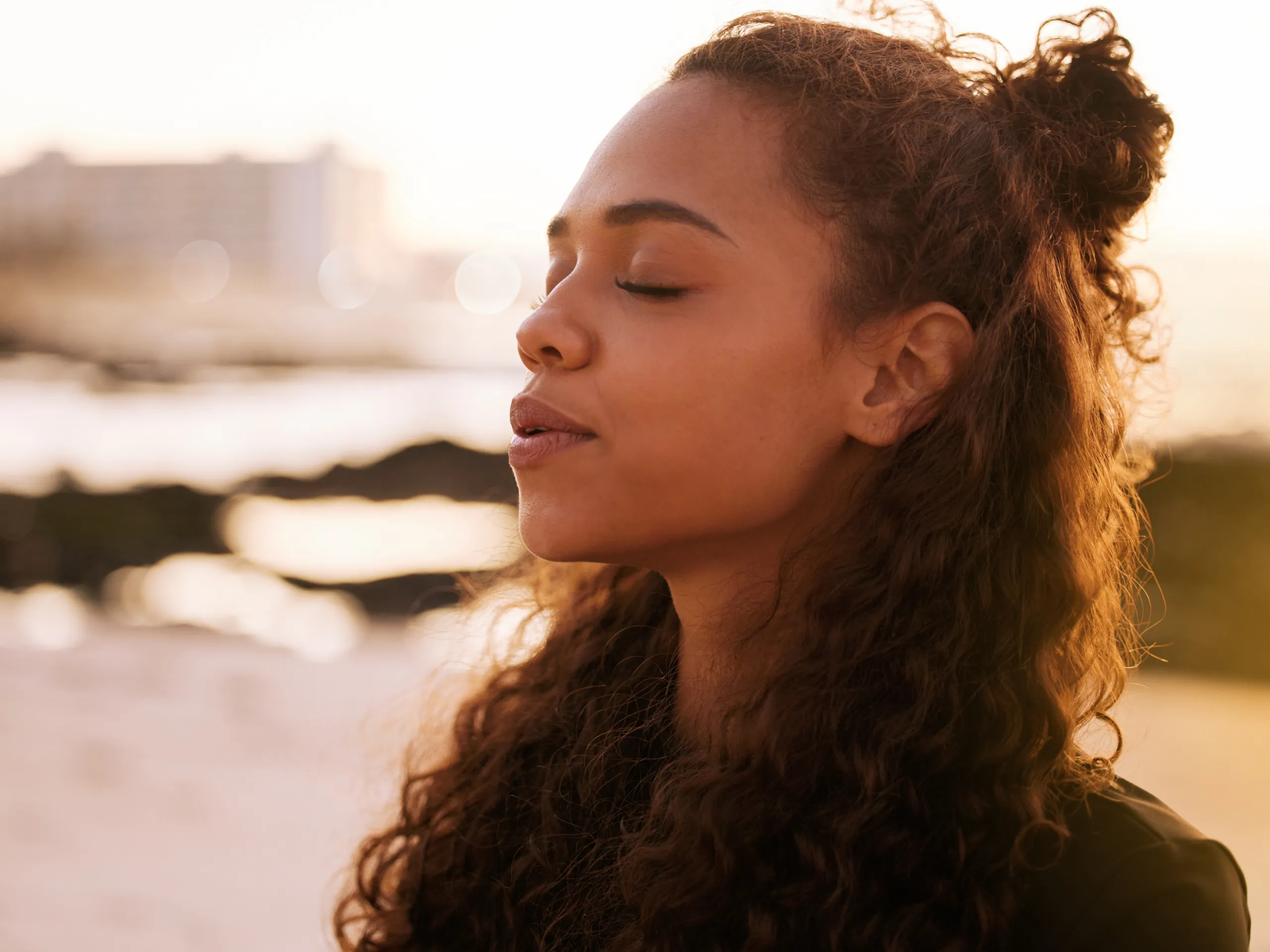
Deep breathing is an incredibly effective tool for managing stress and promoting relaxation. When we’re stressed, our breathing often becomes shallow and rapid, signaling the body to remain in “fight or flight” mode. Deep breathing, on the other hand, activates the body’s relaxation response, calming the nervous system. Here’s how to incorporate deep breathing into your routine:
- Find a Quiet Space: Choose a place where you won’t be disturbed, such as a quiet room or a comfortable chair.
- Explore Breathing Techniques:
- Box Breathing: Inhale through your nose for four counts, hold for four counts, exhale through your mouth for four counts, and hold for another four counts.
- 4-7-8 Breathing: Inhale through your nose for four counts, hold for seven counts, and exhale through your mouth for eight counts.
- Diaphragmatic Breathing: Place one hand on your stomach and one on your chest. Breathe deeply, feeling your stomach rise rather than your chest.
Benefits of Deep Breathing:
- Lowers stress hormones like cortisol
- Decreases heart rate and blood pressure
- Improves focus and emotional resilience
3. Using Music as an Emotional Escape

Music has a unique ability to lift spirits, reduce stress, and mentally transport us to different places. Whether you’re feeling anxious, down, or overwhelmed, listening to music can be a highly effective way to relax. Here are some ways to use music for stress relief:
- Choose Calming Music: For relaxation, select instrumental, classical, or ambient music. These genres can create a soothing atmosphere for the brain.
- Fully Engage with the Music: Rather than using music as background noise, focus on each sound, rhythm, and instrument. Immerse yourself in the experience.
- Incorporate Music into Daily Activities: Listen to music while commuting, cooking, or winding down at night. Create playlists based on different moods, like “Calm” for relaxation or “Energizing” for motivation.
Benefits of Music for Relaxation:
- Distracts the mind from stressful thoughts
- Provides an emotional outlet and can improve mood
- Encourages creative thinking and expression
4. Visualizing a Peaceful Place

Visualization uses the mind’s power to create calming images, helping to ease stress and promote relaxation. By picturing a peaceful place, you can quiet your thoughts and redirect focus from stressors. Here’s how to incorporate visualization into your relaxation routine:
- Choose Your “Happy Place”: Think of a place where you feel safe and calm, like a beach, forest, or mountain. Imagine yourself in this place, focusing on sensory details.
- Engage All Senses: Visualize the colors, shapes, sounds, and smells associated with this place. Feel the warmth of the sun, the rustle of leaves, or the sound of waves.
- Try Guided Visualization: If it’s hard to visualize alone, use guided visualization apps or videos, which walk you through calming scenarios step-by-step.
Benefits of Visualization:
- Encourages mental relaxation and reduces stress
- Can be practiced anywhere, making it a portable tool
- Helps shift focus from stress to a sense of calm
5. Engaging in Gentle Exercise for Active Relaxation

Gentle exercise, such as yoga, walking, or stretching, promotes both physical and mental relaxation. Movement releases endorphins, which act as natural stress relievers. Here’s how to incorporate active relaxation into your routine:
- Try Yoga or Tai Chi: These forms of exercise combine movement with mindful breathing, helping to balance the mind and body.
- Take a Nature Walk: Spending time outdoors, especially in green spaces, can further enhance relaxation. Aim for a leisurely pace that allows you to soak in your surroundings.
- Take Stretch Breaks: Gentle stretching at your desk or home can help relieve muscle tension and prevent stress from building up.
Benefits of Gentle Exercise:
- Enhances mood by releasing endorphins
- Reduces physical tension and discomfort
- Supports both mental and physical health
6. Utilizing Guided Relaxation Resources
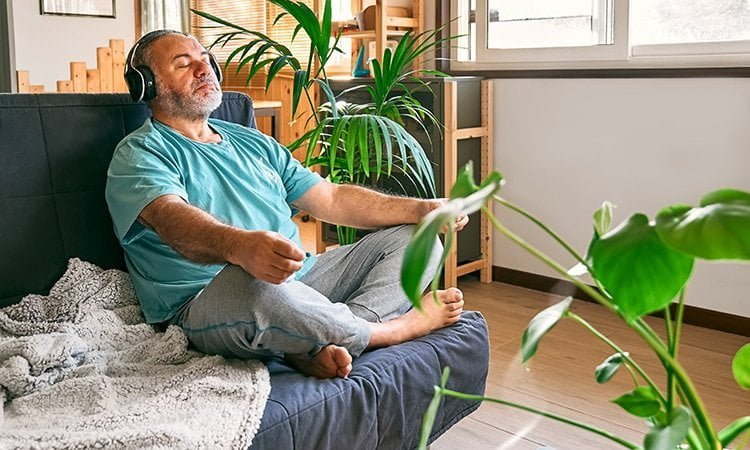
Guided relaxation resources can be especially helpful for those who prefer structure and support. These resources provide step-by-step instructions on techniques like meditation, progressive muscle relaxation, and visualization. Here’s how to make the most of guided relaxation:
- Explore Online Resources: Many websites and apps offer guided relaxation exercises for free or by subscription. Try Calm, Headspace, or Insight Timer.
- Join a Class: If you prefer a social setting, look for local meditation or relaxation classes, where instructors provide live guidance.
- Use Books or Audio Recordings: Libraries often have books, CDs, or DVDs on relaxation techniques, offering comprehensive instructions for practicing relaxation.
Benefits of Guided Relaxation:
- Provides structured support for beginners
- Helps maintain consistency in relaxation practices
- Offers a variety of techniques to suit different preferences
7. Engaging in Creative Activities for Stress Relief
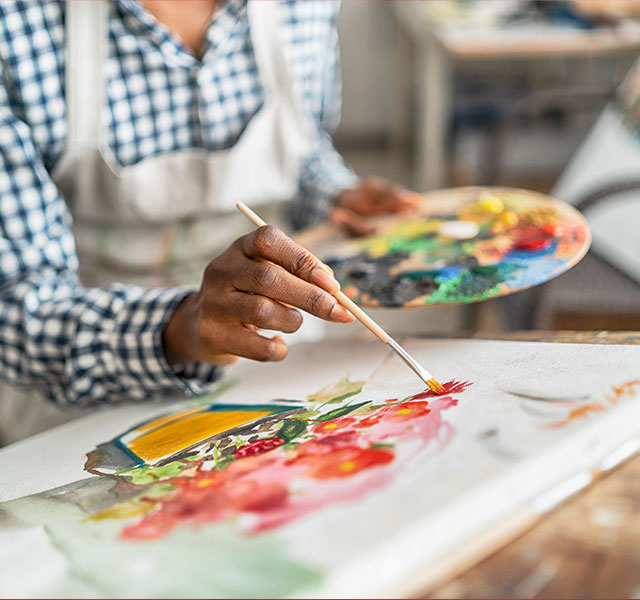
Creative activities provide a therapeutic outlet for self-expression and stress relief. Whether you enjoy painting, writing, dancing, or crafting, the process of creating can help you relax and mentally recharge. Here’s how to use creativity as a relaxation tool:
- Choose a Medium You Enjoy: Pick an activity you find meaningful, such as drawing, cooking, writing, or playing music.
- Focus on the Process, Not the Outcome: Emphasize the experience itself rather than the final product. This approach encourages relaxation and self-expression.
- Create a Routine: Set aside regular time for creative activities, even if it’s just a few minutes each day. Consistency enhances the therapeutic benefits.
Benefits of Creative Activities for Relaxation:
- Promotes a sense of joy and accomplishment
- Acts as an emotional outlet and reduces tension
- Encourages focus on the present moment
8. Spending Time in Nature for Mental Health
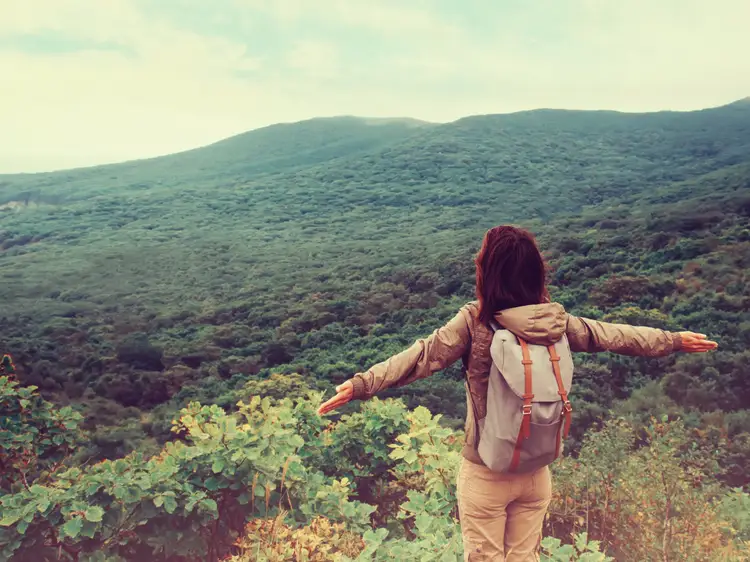
Time outdoors has significant benefits for mental and physical health. Nature provides a peaceful setting where the mind can rest and recharge. Here are some ways to experience the benefits of nature:
- Take a Hike or Walk: Walking in natural settings improves mood, reduces anxiety, and increases focus. Visit a park or nature reserve if possible.
- Practice Grounding Techniques: Focus on the sights, sounds, and sensations around you. This practice, known as grounding, helps you stay present.
- Combine Nature with Other Relaxation Techniques: Practice breathing exercises, yoga, or even creative activities like photography in a natural setting.
Benefits of Spending Time in Nature:
- Lowers feelings of anxiety and depression
- Improves mood and overall well-being
- Enhances mindfulness and focus
Additional Tips for Maximizing Relaxation Benefits
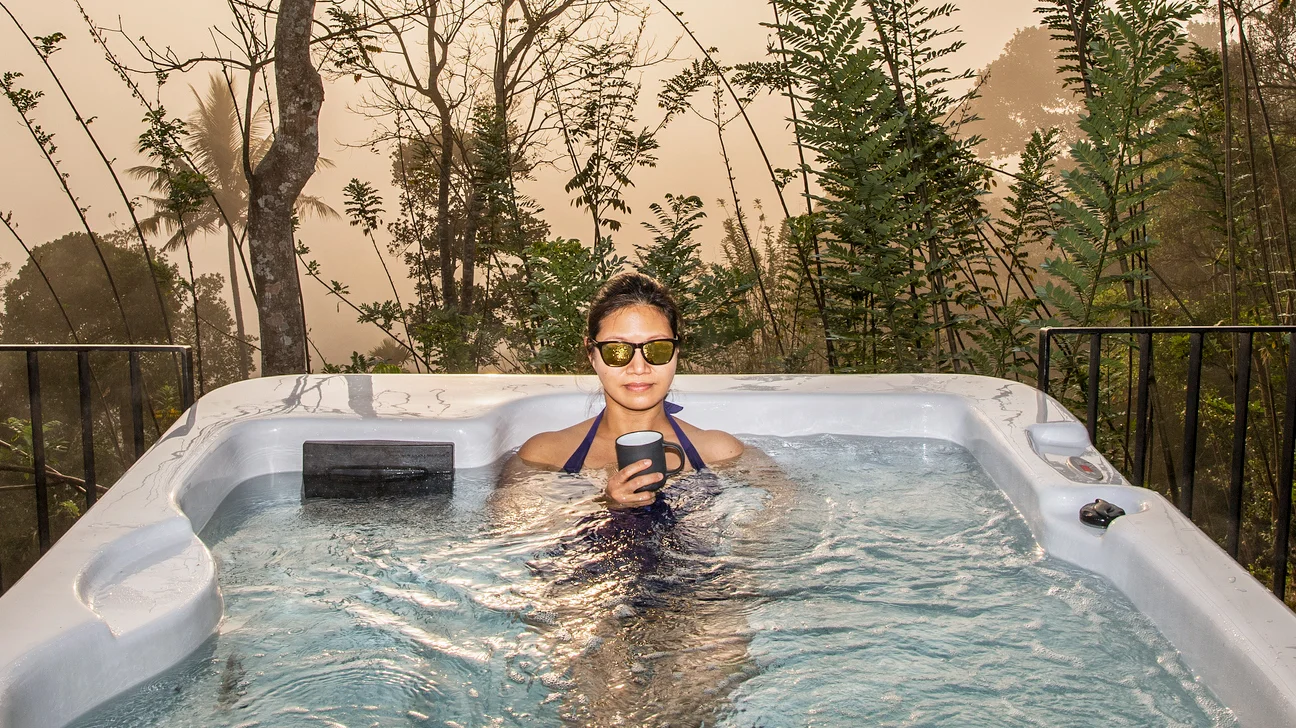
Relaxation techniques are adaptable and can be combined to create a personalized routine. Here are some extra tips to help you get the most out of your relaxation practice:
- Experiment with Different Techniques: Find what works best for you by trying various methods. Once you find techniques you enjoy, incorporate them regularly into your routine.
- Set Realistic Expectations: Relaxation may not always provide immediate relief, but consistent practice can bring long-term benefits. Be patient with yourself as you build relaxation habits.
- Incorporate Relaxation into Your Daily Routine: Whether it’s a quick walk during lunch or a breathing exercise before bed, make relaxation a natural part of your day.
- Prioritize Self-Care: Relaxation is a form of self-care. Don’t feel guilty about dedicating time to your mental and physical health—self-care is essential for a balanced life.
Key Takeaways
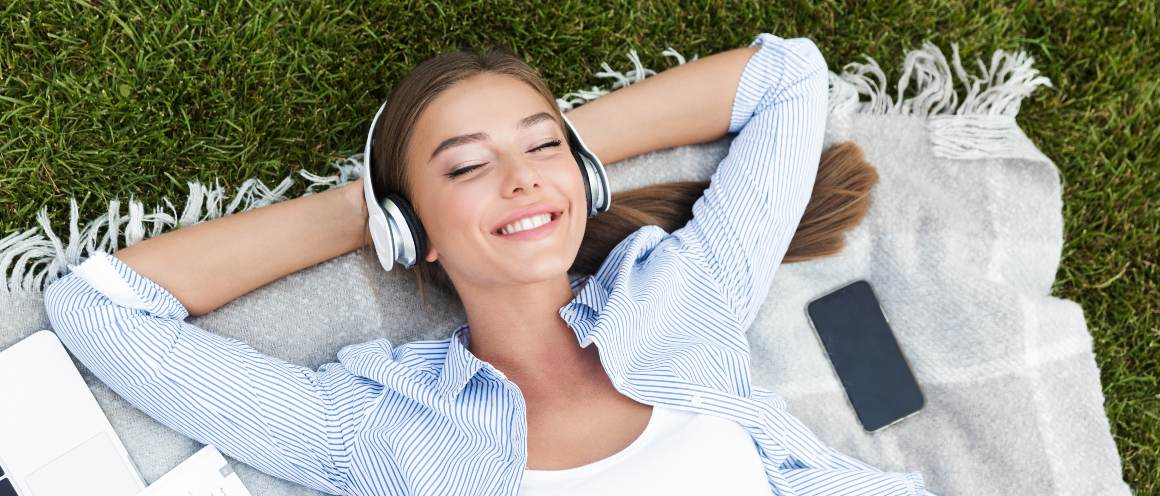
Relaxation is a personal experience, and finding techniques that work for you can make a significant difference in managing stress and improving well-being. Here are some core takeaways:
- Breaks Are Essential: Taking regular breaks helps alleviate stress and improve focus.
- Breathing is Powerful: Deep breathing techniques can calm both the mind and body.
- Music as Therapy: Listening to music can lift mood and provide an escape from stress.
- Visualization Provides a Mental Escape: Picturing a peaceful place encourages relaxation and stress relief.
- Gentle Exercise is Effective: Yoga, walking, or stretching promotes physical and mental health.
- Guided Relaxation Offers Structure: Using guided resources makes relaxation accessible and easy to sustain.
- Creativity is Therapeutic: Engaging in creative activities provides an emotional outlet and helps reduce stress.
- Nature Heals: Spending time in natural settings offers profound benefits for mental and physical health.
Remember, relaxation techniques aren’t just for moments of high stress—they’re beneficial habits to maintain consistently. By incorporating these methods into your daily life, you can improve your mental health, reduce stress, and live a more balanced, fulfilling life. So, this concludes the topic about How to Relax: 8 Effective Tips for Mental Health.


